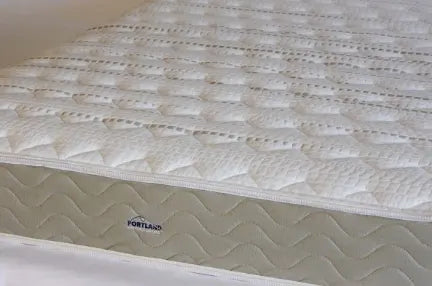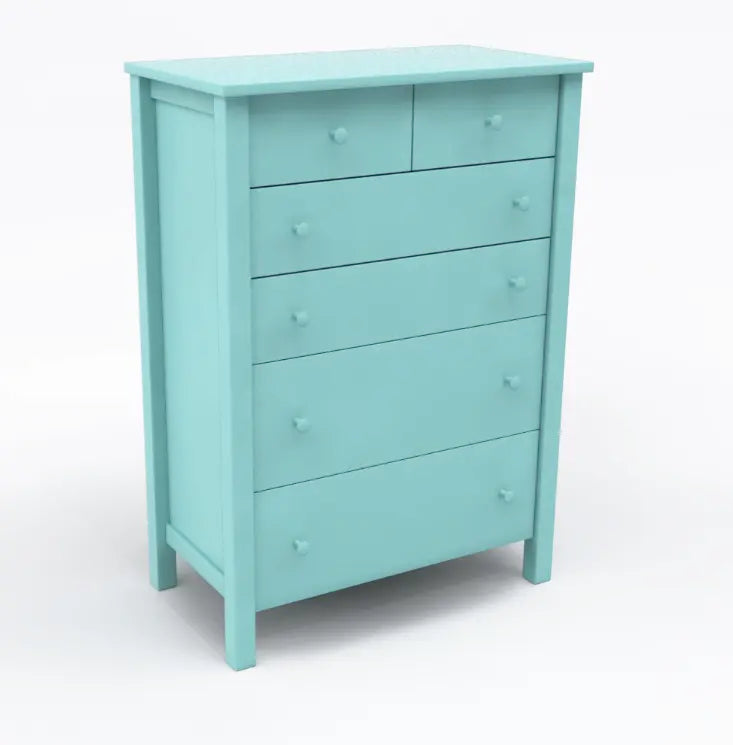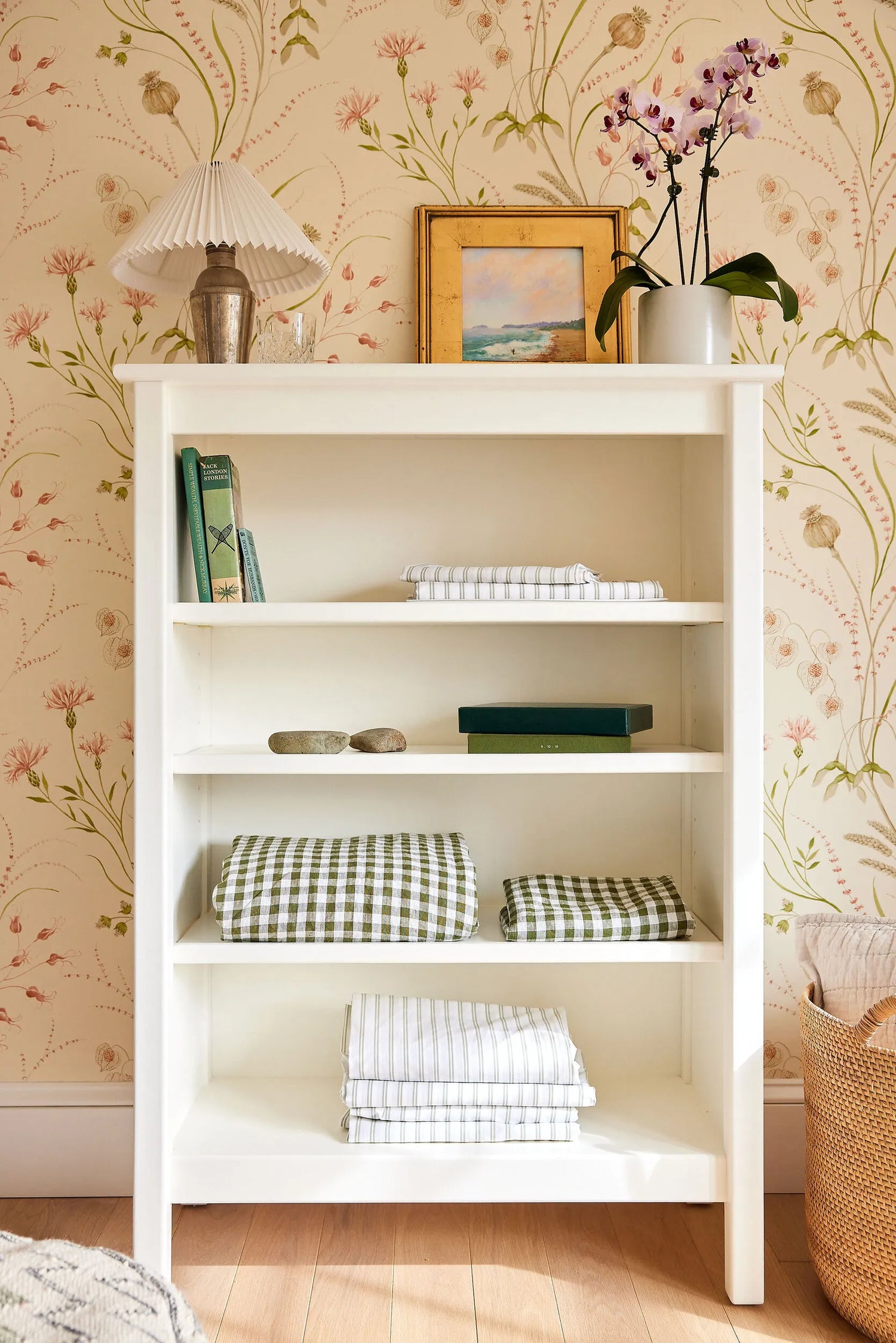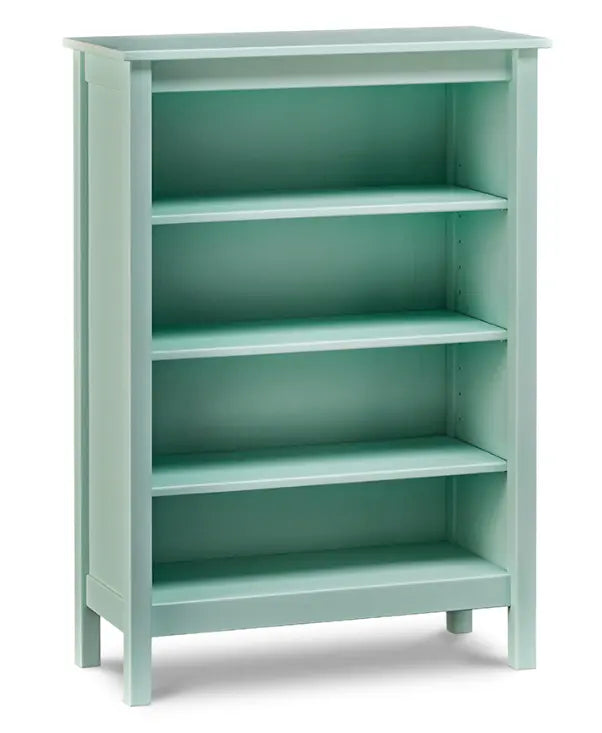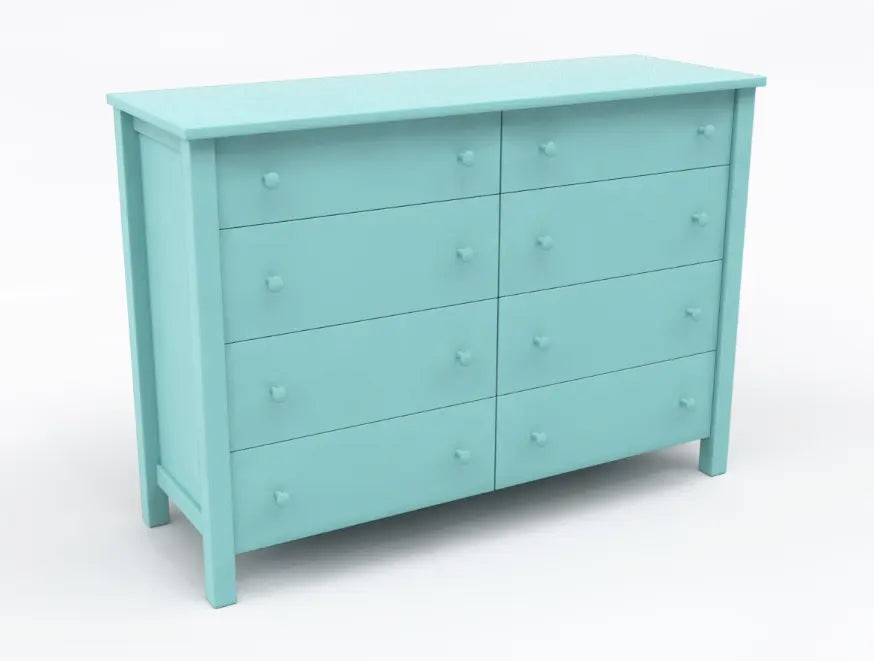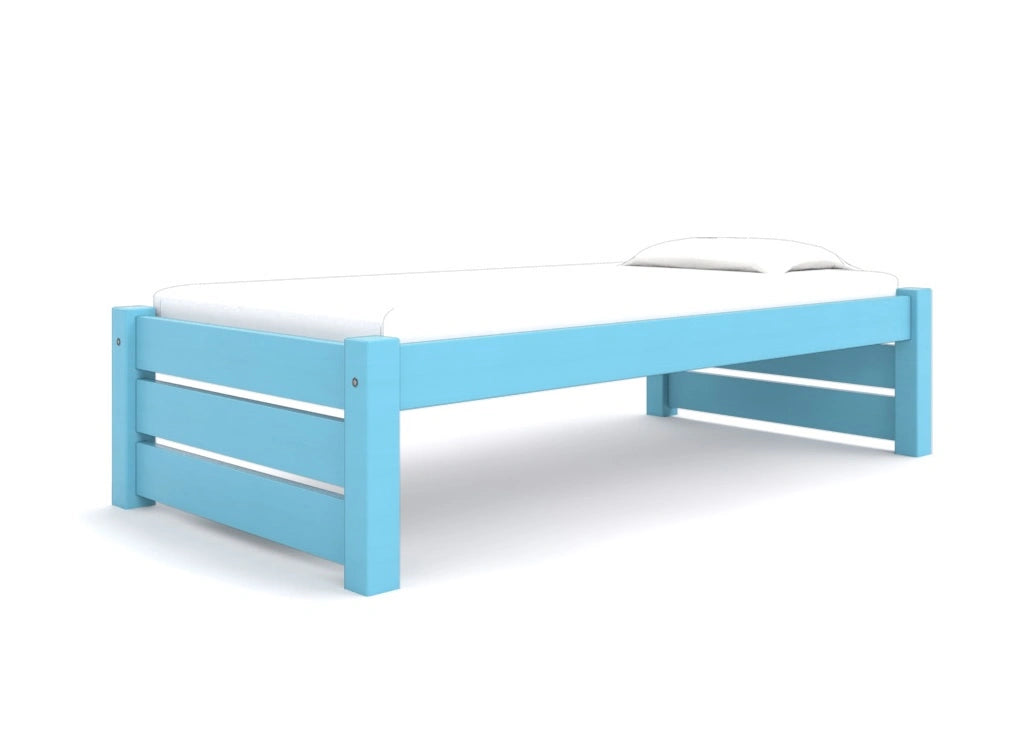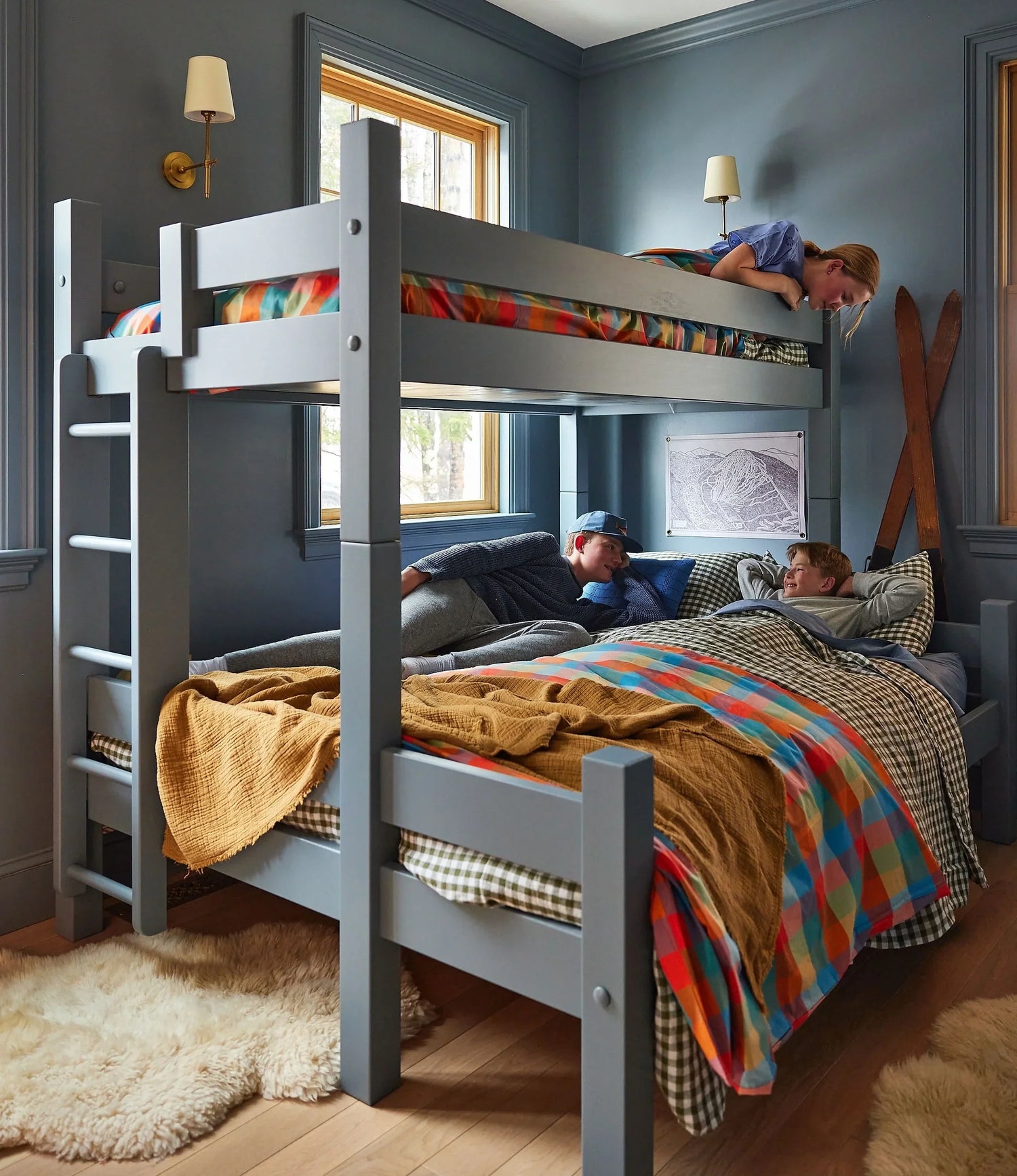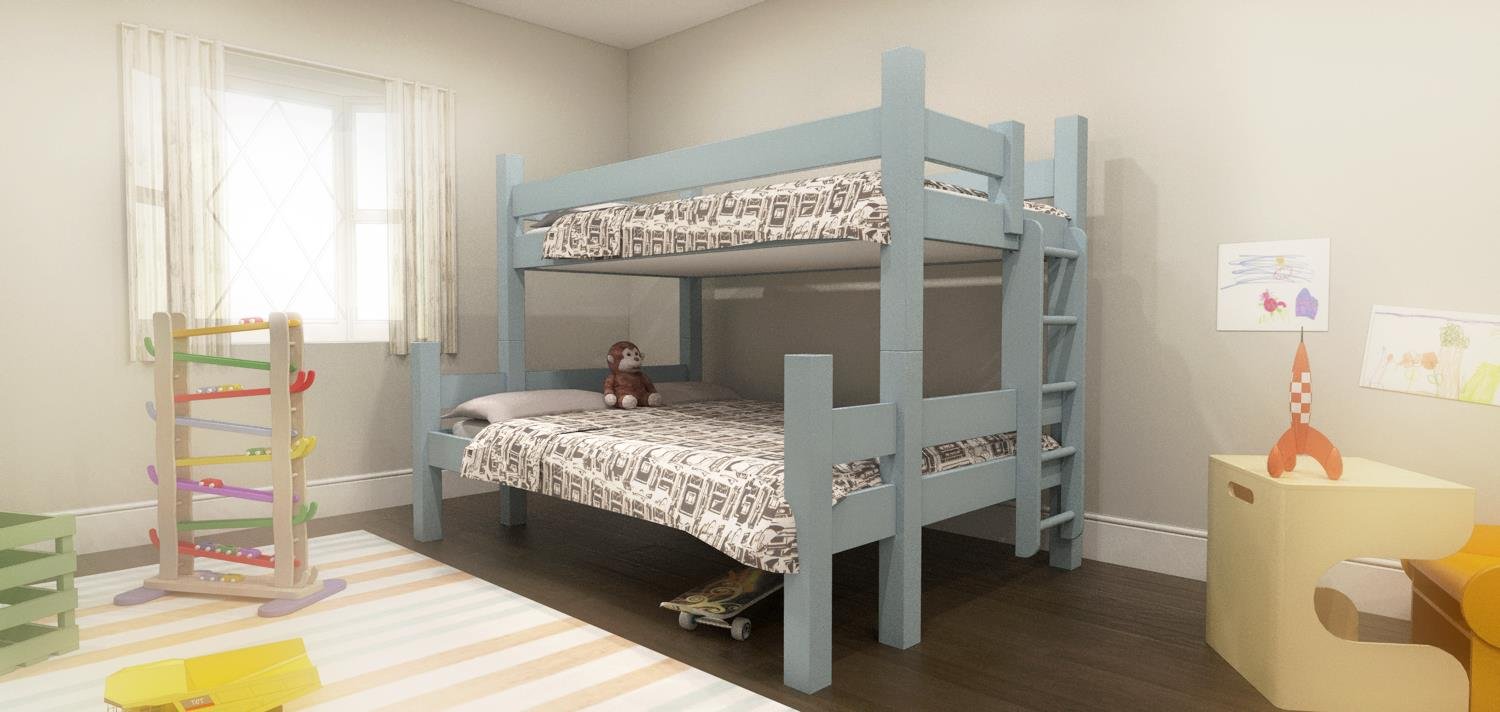Wood vs. Metal Bunk Beds: A Practical Comparison
When choosing a bunk bed, it helps to look beyond aesthetics or price. Materials matter—not just for how a bed looks, but how it performs, ages, and fits into your family’s life. Two common options are wood and metal. Both have their place, but for those looking for lasting value, safety, and comfort, wood has some distinct advantages.
Durability and Strength
Both wood and metal can offer strength, but they behave differently over time. Metal beds often start out rigid but may develop squeaks, loosened bolts, or bends under daily use. In contrast, well-constructed hardwood beds tend to remain solid and quiet for years, even decades. Wood’s natural density and structure allow it to handle weight and movement without the same wear.
Safety and Materials
Material safety is a key consideration, especially for children. Metal bunk beds may be coated with industrial finishes or constructed using lower-cost alloys, which can sometimes pose quality control concerns. Wooden bunk beds—particularly those made with solid hardwoods and finished with non-toxic paints and stains—offer a more transparent materials story and can be the safer option for long-term indoor use.
Aesthetic and Design Flexibility
Metal bunk beds typically lean toward a modern or utilitarian look. They’re often lighter and more compact, which can be useful in certain scenarios. Wood, on the other hand, offers a timeless, warm presence that fits naturally into a wide range of interior styles—from classic to contemporary. Additionally, wood is easier to customize, whether it’s adjusting dimensions, adding storage, or choosing a color that fits your space.
Longevity and Investment
While metal frames can be budget-friendly and lighter to move, they may not hold up as well under daily use, especially in family settings. A quality wooden bunk bed may cost more initially but tends to provide better long-term value. With the right craftsmanship, a wood bunk bed becomes more than just furniture—it can serve multiple generations and evolve with your family’s needs.
Conclusion
Metal bunk beds have their uses, especially in short-term or lightweight scenarios. But for families prioritizing safety, durability, and style, wood stands out as the better long-term choice. It’s a material with character, resilience, and flexibility—qualities that align well with the needs of a busy home.
